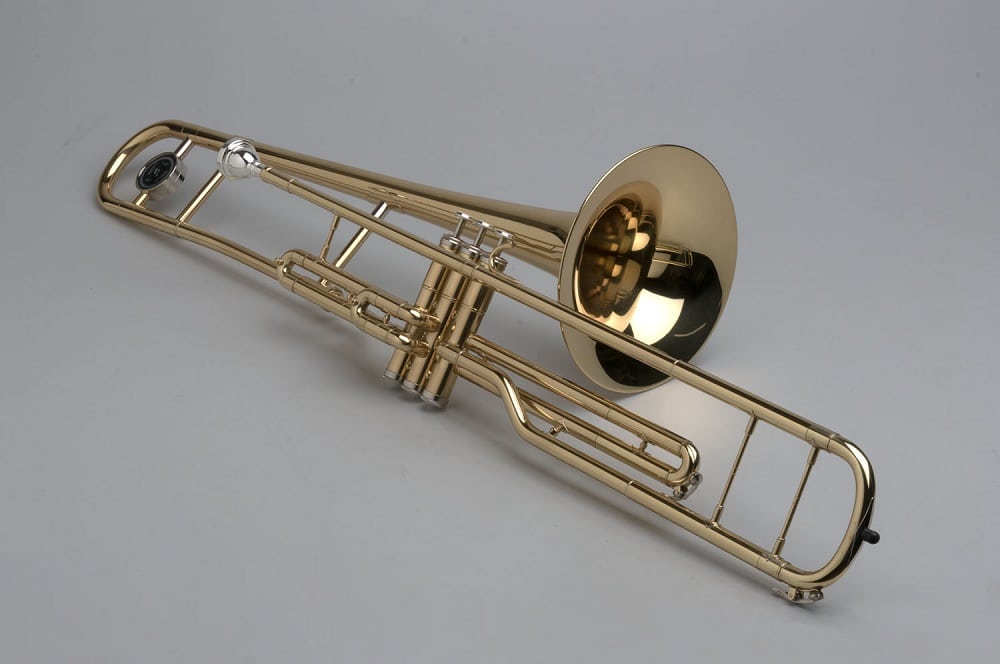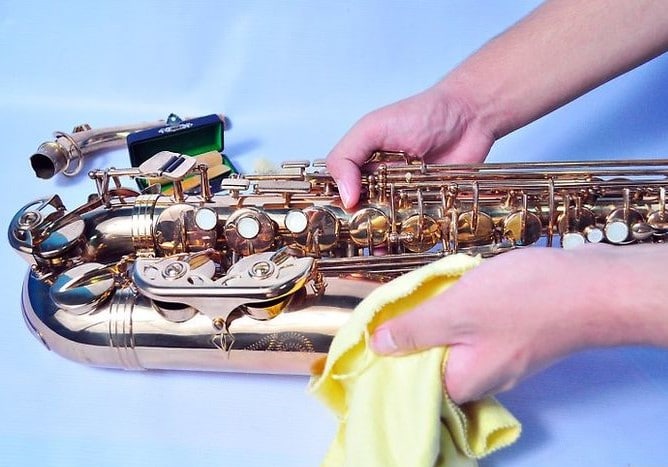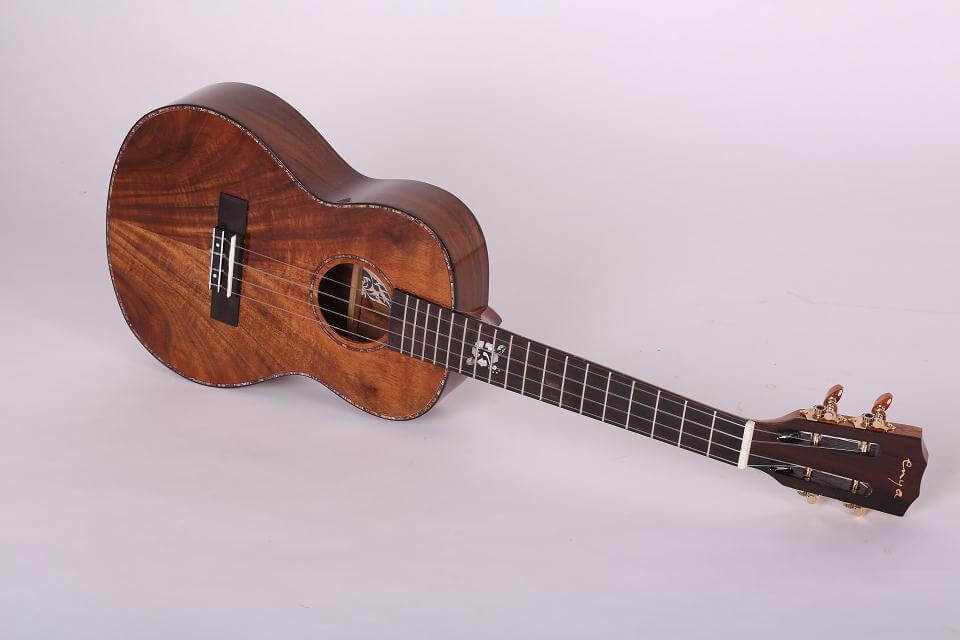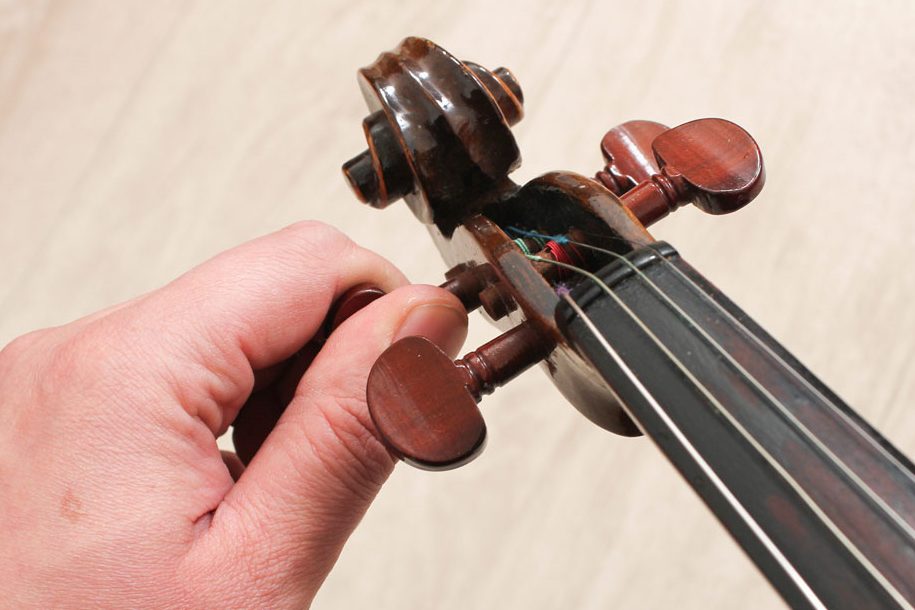An outstanding double bass instrument has improved many melodies since the 16th century. The best bass guitar is a long-scaled necessity for many music genres and can even mesmerize with its solos. From the invention of the electric bass – which was much louder – and the dynamic Leo Fender design that made carrying, playing, and singing with a bass guitar much easier – today this instrument is widely used in popular music by artists such as Paul McCartney, Gene Simmons, Bootsy Collins, and John Paul Jones.
Further below you can find in-depth descriptions and specifications for each feature of any bass guitar, from the weight and how it will affect the sound as well as your stage presence, to the tone influencing wood used in the guitar’s body and top and neck/fretboard. We also looked at the scale length and pickups for each guitar included in the design. Our research into these guitars included approaching manufacturers for design information, as well as talking with verified musicians to get their feedback on the guitar(s) they’ve used.
More features: S-teak bridge, Master volume, blend, 3-band active E/Q controls, 2-way adjustable rod
Our first professional example of an exemplary bass guitar is a stylish stiletto style electric bass.
This full body electric will weigh a little more than any hollow or semi-hollow design, but it’s thicker woods will give it that extra reverb and deep tone any bass player wants. Made with a mahogany and bubinga body and top, this guitar pairs it’s base woods with a golden-brown neck made from maple and walnut with a 24-fret rosewood fretboard.
This guitar comes with a 36-inch scale length and 5 strings; pickups are located near the bridge and the neck and are dual EMG 40HZ active pickups with a battery power pack rather than requiring you to trail an extra cord in every concert.
Other features include an S-Tek bridge which adds versatility as well as a good warm tone, a unique fanned fretboard, 3-band active E/Q controls, and a master volume control. Out of the box the smallest adjustment you might want to make are with the included strings, as the strings leave something to be desired.
More features: 5-saddle HiMass, Fender lightweight vintage paddle, stacked treble/bass, stacked midrange/tone, mini toggle active/passive switch
At just a glance this guitar exhibits an incredibly looking mix of alder and gloss body and top with a maple neck and rosewood fretboard. What you can’t see at a glance is Fender’s latest revolutionary innovations which give this bass cutting-edge tone along with a fast but smooth playing feel.
Noiseless pickups create a vintage-style response while playing and are fueled by an 18-volt preamp for thumping music that easily matches any style – plucked, picked, or even slap-and-pop.
A Hi-Mass Vintage bridge creates a wider resonance along with basslines that have unbelievable sustainability. The single-coil fender pickups run off battery power and pick up all sounds so that you can even play with top-load or string-through-body stringing.
The master volume allows you to boost or cut your treble, bass, and control active/passive playing when your battery power is low. With a new truss rod, this guitar even lets you make neck relief adjustments with relative ease.
Last but not least, how can you not admire the ergonomic contours of this guitar body, it’s black chrome headstock logo, and even its large perloid fret markers? This is easily the best fender bass guitar.
More features: push/pull coil-split, 2-band Active EQ, 3-way toggle mini-switch voice select
The ESP LTD F-1005 FM Bass Guitar is our top pick for the best intermediate bass guitar, and here’s why we choose it. First, this guitar has a wickedly sculpted body that is sure to look great in the hands of any player. There’s nothing more gorgeous than a 35-inch scale instrument complete with a 7-piece maple heart and a mahogany body. The 5-string bass guitar feels just as great to play as well.
The ESP LTD F-1005 is a remarkable bass guitar, and that’s why it deserves a spot on this list. The ESP LTD F-1005 has a massive sonic range thanks to a 2-band EQ with a 3-way mini switch for the different voices. We particularly love the innovative Fishman Fluence Soapbar pickups that come with this guitar to deliver multiple voicings.
The ESP LTD F-1005 is similar to the ESP LTD F-415FM, another 5-string bass guitar from the same manufacturer. Both guitars share several similarities, especially in terms of their design. However, in terms of pickups and controls, they are quite different. For instance, while the LTD F-1005 is a Fishman Fluence SB-1 Humbucker pickup, the other guitar has an EMG 40DC, active pickup.
More features: Vintage Plus convertible bridge, lightweight open gear tuners, I.R.A treatment
Yamaha’s best bass guitar is this newest BB model with all the technological advancements and researched additions of our age. BB stands for Broad Bass, meaning you can expect this guitar to supply that meaty punch along with the refined voice typically associated with bass Jazz music.
This guitar also has one of the most sophisticated constructions with a body than sandwiches maple between pieces of alder for overall stiffness and added midrange clarity in all music. In comparison, the slim smoothed neck features 5 separate pieces in a maple and mahogany construction that seems nearly indestructible and even features a six-bolt metal neck joint connecting through to the body.
With a vintage plus bridge – made from bright sounding steel – the strings will have more of a relaxed angle while playing and will provide extra vibration that will aid in pickup relay.
Electronics include duel Alnico VP7 split-coil pickups placed in fender accurate positions that create those throaty jazz bark and gristle sounds. This guitar only weighs 9.5 pounds with 21 frets along a 34-inch scale length; it’s perhaps best for jazz and funk music.
More features: pull preamp bypass, 3-band active EQ, 3-way mini-switch (bridge coil-tap)
The Lakland Skyline 55-02 Deluxe Bass Guitar is our top pick for the best bass guitar for metal music, and here’s why. More than just its high-catching design, this guitar comes loaded with many high-end features that make it perfect for the modern performer.
There are plenty of things to like with this guitar starting with its premium tonewoods. It features an attractive quilt maple top with a flat-sawn maple neck and an ebony fingerboard. The electronic components are top quality as well. The pickups are of exceptional quality, and the guitar delivers pleasing metal tones with excellent sustainability, which is why it deserves a spot in this review.
This Lakland guitar can be compared to the Warwick RockBass Streamer in so many aspects. Both guitars have the same weight, string set up, and scale length. However, their fretboard design and materials are remarkably different. The two units also use different pickup types
More features: two volume controls and one tone control, Hipshot HB6 tuners, Hipshot TransTone bridgfe
Sporting one of the most unique body designs – top and body made from swamp ash wood – this guitar gives off a southern vibe that matches nicely with its long neck made from maple with a walnut bracing joint.
With four strings this is a tenor guitar, it also has a 34-length scale but uses the typical rosewood fretboard with 24 frets. The typical sound of this guitar is sweet and warm with a fundamental tone, and the unique swamp ash body creates double the balance and sustainability of any note.
Dual SE 4B ‘H style’ pickups are active humbuckers that provide top end clarity while playing, along with a lot of punch; the sound might best be described as old-school tonal, something most modern basses have been missing.
Additional elements include two volume controls and a one tone control which will allow any musician to use the humbuckers for excellent jazz tones. The Kingfisher PRS guitar has a modern signature sound with old-school tones that will grab an audience’s attention.
More features: gig bag included, active EQ, custom built-in tuners
You rarely meet a bass guitar that actually meets all airline carry-on requirements – which is any bag under 22-inches not weighing more than 40 pounds – this is that bass guitar (kind of).
Seeming to defy the laws of nature, this little bass – often called the U-bass or ukulele bass – has a short scale and easy action making it fun for casual players. Although with this mini axe its tone has also captured the professional community’s attention.
Made entirely from mahogany in one piece with an inlaid rosewood fretboard (only 16 frets) this small bass has the usual 4 strings but only a 21-inch scale length. It weighs only 3 pounds.
Electronics include custom built-in tuners and a custom pickup and amp connection; this instrument also uses unique fat strings custom made to create those heavy bass sounds in such a small instrument.
It’s design actually include a rather simple but ingenious concept, that a shorter scale length, with thick and dense low-tension strings against a small acoustic chamber, with a preamp/EQ will ultimately equal a huge tone in an insanely portable bass.
More features: B10 bridge
Although Ibanez has a more popular 6-string acoustic and full body collection, this 4-string bass often stands out as one of their better products.
It’s unique top and body design are crafted from agathis wood that leads into a maple neck laid with the typical warm rosewood fretboard. Scale length is a little different on this instrument, at 28.6 inches, and will assist with quicker strumming, plucking, and cutting against the fretboard for all kinds of notes, tones, and sustain.
A B10 steel bridge creates excellent vibration through the solid wood frame and great sound pick up in the single coil bridge attaching pickup. However, the PSND pickups are rather weak and put up a lot of DC resistance that will mute sound.
Beyond being quieter, they do sound good and can create some good variance in tone while using the two volume and one-tone controls.
More features: Ibanez AEQ-2T preamp with onboard tuner, ¼’’ output jack
One of the only full hollow bass guitars on our list, this instrument will create a lot more reverberation and loud humming notes while you’re playing.
Its top and body are made from thick mahogany leading into a maple neck that’s laid with a rosewood 20-fret fretboard.
Pickups are in the under-saddle style and feature connections to an onboard tuner and AEQ-2T preamp with a quarter inch output jack.
An extended 32-inch scale allows an extended playing range that will echo beautifully in the acoustic hollow chamber and be transmitted through the pickups into strumming chirrups and sliding melodies best for pop and acoustical music’s.
Other features include the classic Ibanez ebony t-style tuners, a simple rigid metal bridge, and a 9-volt battery for active pickups that give you dynamic playing on any stage.
More features: 4-saddle standard bridge/tailpiece, affinity series precision
With the Squier Affinity Series Precision Bass Guitar, what you get is a top-of-the-shelf classic fender bass tone guitar at quite an amazing price point. This is why this guitar is our budget pick for this review. If you want a budget-friendly bass guitar that still looks stylish and performs great, this guitar should be top of your list of considerations.
The Squier Affinity Series Precision Bass guitar features a lightweight and resonant body making it perfect for long hours of performance without wearing you out. The unit combines both Precision and Jazz Pickups to deliver a captivating gritty vendor tone. We also love how customizable the tone of this guitar is. The unit comes with a volume knob as well as a master tone knob to easily tweak the tone output based on the player’s preferences.
This bass guitar is quite similar to the PRS SE Kingfisher, our Best Starter Guitar. Equally affordable, this guitar also has a 34’’ scale length but weighs slightly heavier than the Squier Affinity. The Squier Affinity guitar also features a 4-saddle standard bridge as one of the standard features.
The remainder of this guide is designed to teach you a little bit more about choosing a fretted instrument, handling a short or long-scaled bass, picking out the color and shape which best appeals to you, and even buying the best bass you can afford. Additionally, we go over any of the features we might have listed above and detail their purposes and different designs; listed are also our suggestions of bass guitars which best meet the most ideal feature specifics. Frequently asked questions are listed and answered at the end.
What makes a good bass? Often this question is actually best answered by the bassist in particular because different bass players will always give you different answers. Many answers will differ on ‘what features affect the sound and playing ability’, such as wood type having a massive sound changing quality over a guitar. For instance, typically you’ll find that cheaper guitars use basswood or alder bodies – many guitarists swear these instruments have a weaker more muted sound – whereas guitars which use woods such as mahogany, swamp ash, and maple will move up the price range due to their broader and deeper sound effect over bass guitars. Another more important feature will, of course, be the pickups included and used in the design – often you’ll see a range of single-coils and humbuckers, as well as passive and active designs. Single coils are nice, but they only use one magnet and, in the end, have a lot of reverb which can distort the sound while you’re playing (though some bassists like this); humbuckers have a fatter sound which helps to cancel out background noise and reverb interference. Often the best bass guitar with the ‘best pickups’ depends on the music you play and the sound you’re going for.
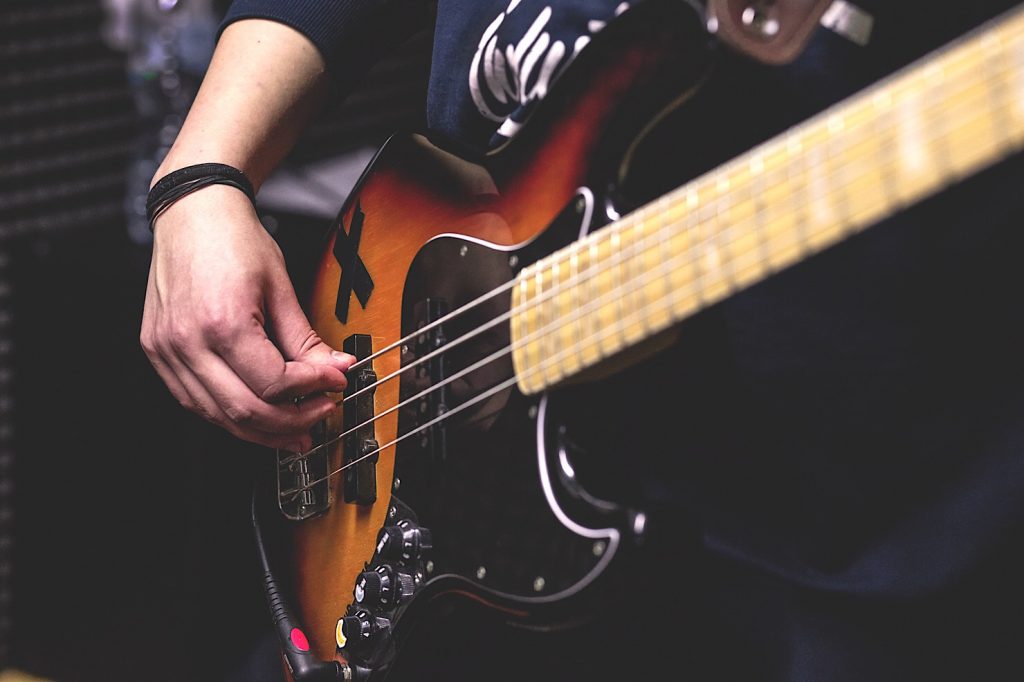

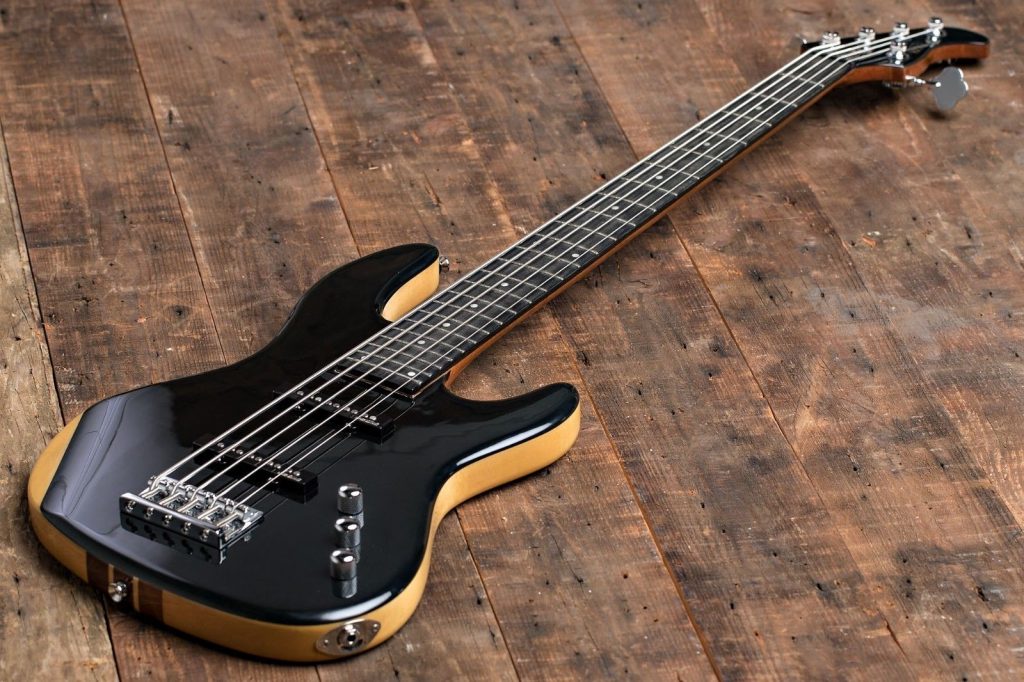
Perspiration/water damage is easily one of the worst things not only for your bass guitars wood, but also and especially its electronics. Always wipe your instrument down with a dry cloth after a gig or after playing outdoors. Additionally, double check that all fasteners are secure while wearing a strap with your guitar, and feel free to restring your guitar when you feel the pickups aren’t receiving the vibrations as well as they used to; restring one string at a time and then tune. If you adjust your pickup, make sure the screws at either end of your pickup aren’t ever left loose. The number one measure you can take to maintain your guitar is buying a gig case for carrying the instrument around; unfortunately, not many of the guitars on our list come with a protective gig case.
Many of these features were briefly mentioned or listed in the detailed descriptions of our top ten bass guitars. Here we examine each feature further and even give you examples of the above guitars which best meet the standard of a good ‘body type’, ‘pickup design’, ‘scale length’, etcetera.
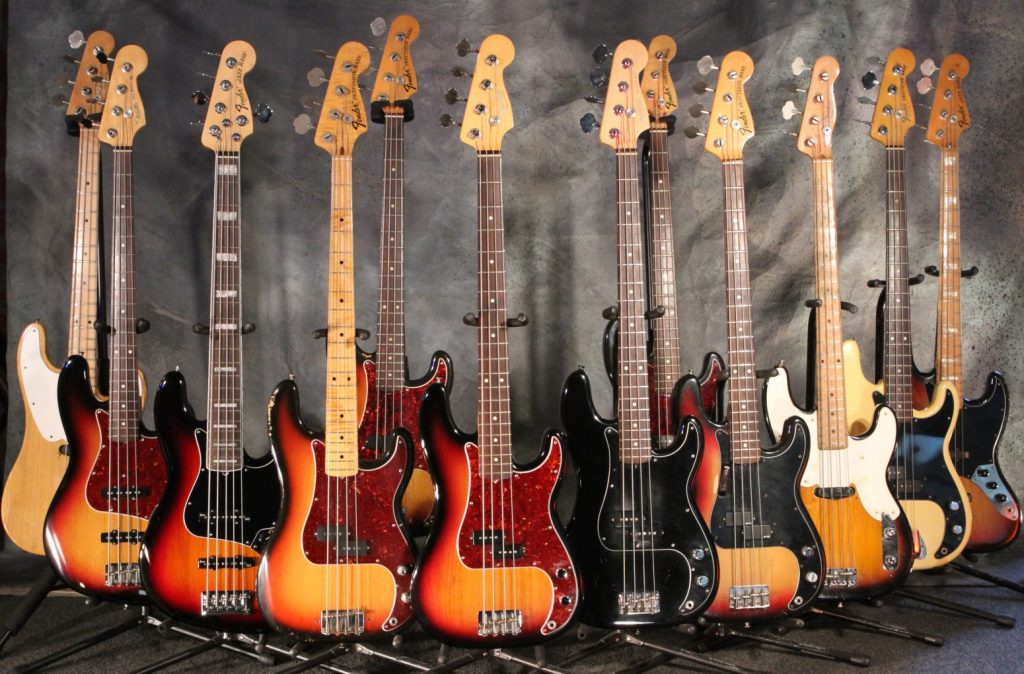
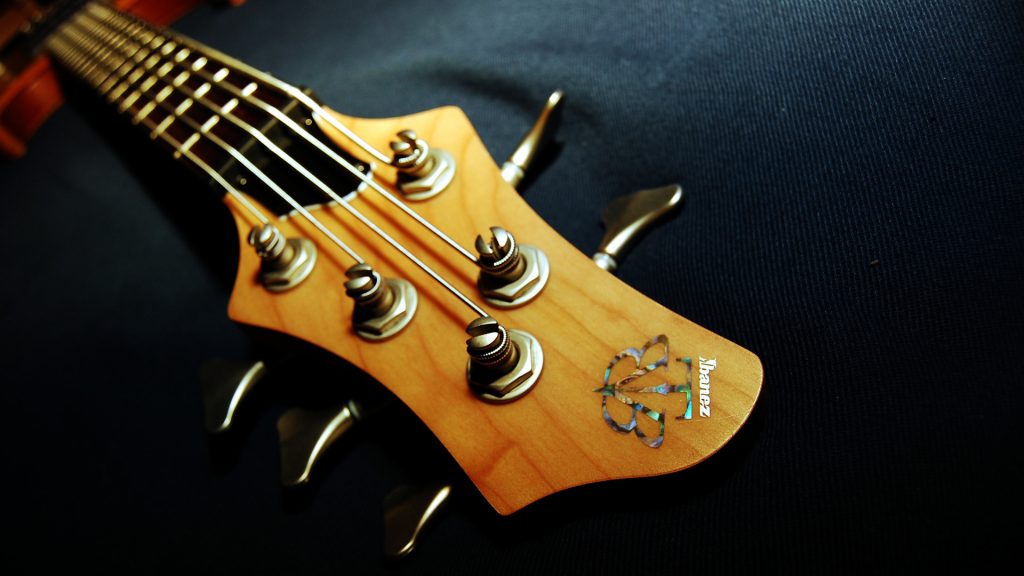
Length categories for bass guitars are ‘long scale’ which is typically 34 inches, ‘short scale’ that’s around 30 inches or less, and ‘extra-long scale’ that’s around 35 inches or more. Long scale is considered the standard and is the best default option for a beginning bassist or learning student. However, for younger students’ parents should definitely take a look at short scale instruments as these will be easier for them to handle. Typically, you won’t see many extra-long scale basses, but if you do make sure they have 5 or 6 strings because a bass that long needs a lower B string. One very unique bass on our list is the electric Kala UBASS-SSMHG-FS which is much smaller – carry on airline size – with a 21-inch scale length.
All of the bass guitars on our list feature a fretboard made from rosewood, first because rosewood allows for the warmest ‘cutting’ (pressing the string down against it to control the vibration/tone) and second because frets mark the exact spot to play a certain note and assist any musicians learning the bass or a new guitar. Fretless basses are not listed in our guide and are not suggested for beginner bassists.
For strings, there is no definite answer on how many you should have. Typically base guitars use 5 strings, although sometimes you see them using 4 and even sometimes 6 – the PRS SE Kingfisher, Squier Affinity Series Precision Bass Black Burst, Ibanez PCBE12MHOPN and Kala UBASS-SSMHG-FS all feature 4-strings rather than 5. Ultimately the choice of strings depends on a person’s style and budget; with 4 strings you typically have more than enough notes for all your concerts.
Passive pickups will give a player a dynamic range of sound with a classic warm tone that is also quite punchy, however, the downside is that these guitars typically require a separate cord that limits your movement around the stage. On the other hand, active pickups are significantly higher in pitch and come with preamps built-in and powered by batteries. It all depends on your preference. The Schecter 2794 has a fantastic active pickup which will work great on any stage in any venue.
The bridge is the point where there’s a fixing point for the strings, and generally there are two types of bridge systems: fixed bridges and moving bridges. Often moving bridges are called ‘tremolo bridges’ and you’ll most commonly see these with electric guitars. Typically, tremolo bridges have a bar which you push or pull to increase or decrease the tension on the strings which will control the intensity of volume while you are playing. Tremolo relates to volume control, whereas vibrato bridge systems relate to pitch control. The PRS SE Kingfisher is a good guitar to look at because it has a unique bridge system (the Hipshot TransTone bridge system) which mainly controls the tone while you’re playing and allows for a punchier sound.

The tuning system represents a relationship between the bridge and the tuning keys which will affect the overall tuning precision of your instrument as well as tuning stability while playing. For instruments that feature an ‘upgraded’ or ‘unique’ bridge, make sure the bridge increases one or both of the following: sustainability and vibration transfer. Tuning systems that are updated should allow for better string positioning as well as hipshot or fender stringing systems. One such example is the Fender American Ultra Jazz Bass V with its updated fender tuning system.
The style completely depends on your preference, and there are lots of styles out there. For just beginners, you might want to start out with a bass guitar that has a traditional neck length and body shape. As you increase in experience work up from there to different styles – such as the stiletto style seen with the very professional Schecter 2794.
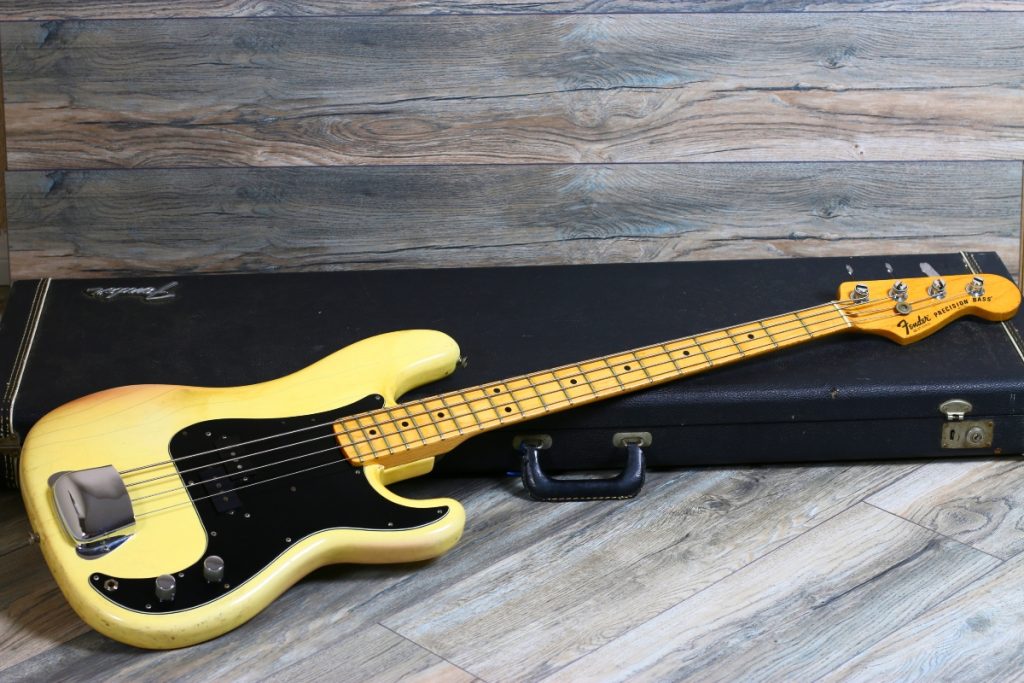
Not all the above products were listed online with their warranties but we know that many of these companies and brands provide highly-rated warranties with all their products (just make sure you ask the distributor while buying). For instance, Ibanez guitars always come with a Gold lifetime warranty that covers all manufacturing errors and many (though not all) fixes and part replacements.
We love leaving our readers with the three top models – according to our research and reviews – and we’ve listed them below for your benefit. If you can’t quite put your finger on the guitar for you, the following three guitars represent a mixed bag of excellent designs, affordability, technological advancements, and unbridled sound which in our opinion make them some the best bass guitars.
Schecter 2794. Easily the best bass guitar on this list, this option is not only stylish but features an innovative design that utilizes the newest technological advancements and research into bass guitars and bass sounds. It comes with amazing dual active pickups and an impressive 3-way band EQ control system.
Fender American Ultra Jazz Bass V. Clearly the best pick for jazz and metal sounds, this guitar features all the newest technology to pickup the sound and transport the listener; it has an 18-volt preamp with active 3-band EQ, a master volume control, and a pant pot (pickup selector) which features treble boost, cut, mid-range boost/cut, and bass boost/cut. It’s also a very stylish instrument.
Squier Affinity Series Precision Bass Black Burst. If you’re looking for a starter guitar and pack within your budget, this is easily the cheapest bass with extra gear to help out your learning experience. The guitar itself even offers pretty good pickups.
